With the ultimate guide for planning a long term journey, I share tips and give you advice about things you should not forget. Over the years I have learned from my mistakes. I’m happy to help you not to make the same mistakes. Copy the table of contents below to make sure you don’t forget anything when planning your trip.

Table of Contents
Pick a destination
It’s going to be easier to pack and prepare your trip when you know which countries or regions you are going to visit. Check the weather activity like monsoon, hurricane season, high unbearable temperatures etc. Find out for each country which months are the best time to visit.
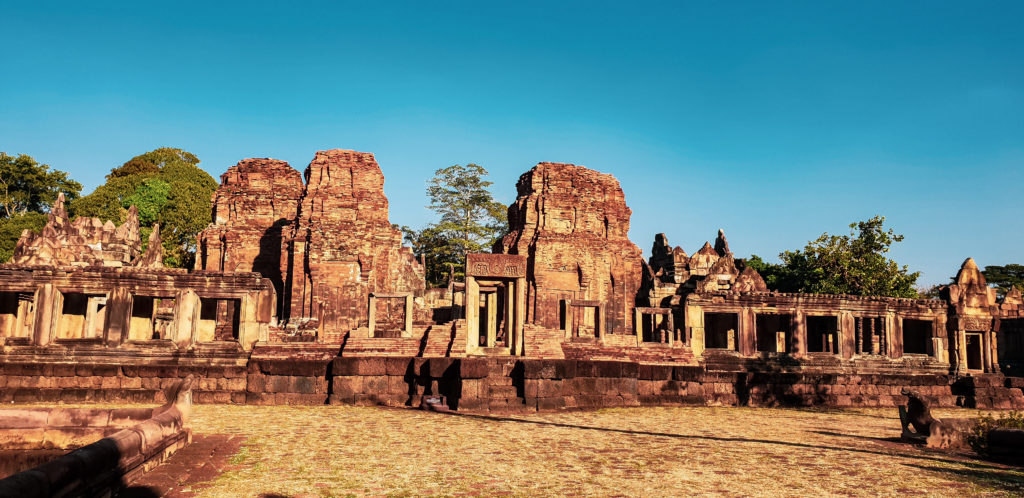
Determine how long and the activities you like to do
Determine how long you like to go. Or how long you are financially capable of going. When you travel for a few months or a year you don’t move around as much, compared to a three week holiday. And the more you move around the more expensive your trip is going to be. Perhaps you like to stay in one place for a few weeks or months. Ask yourself what you like to do when you travel. Volunteer work, teaching English, yoga courses, sky diving etc. Check the prices for these activities and calculate the prices in your travel budget.
Create a travel budget
Do you know the destination(s), length of your trip and the activities you like to do during your long term trip? Now is the right time to create your travel budget. Studies show that it’s easier to save money when you have a goal. Once you have worked out your travel budget you will notice it is indeed easier to save money. It also gives you some peace of mind. Now you know how much money you need and what your expenses are going to be before and during your trip. Find out more about creating a travel budget.
Valid passport
Make sure your passport is valid for the entire duration of your trip, plus 6 months. Most countries have a requirement that your passport must be valid for at least 6 months when you enter the country. Check if your passport is still valid for 6 months at the end of your trip. It would be unfortunate to cut your trip short.
Check the visa requirements for each country you plan to visit. If you don’t have a passport, it is convenient to do so a few months before you go. Don’t wait until the last two weeks. A fast delivery of your passport can be expensive.

Insurance
Don’t leave without travel insurance. Some people think nothing will happen to them when they are going on holiday. Please be realistic. Your laptop or camera can get stolen, it’s possbible you get sick or perhaps unforeseen circumstances happen at home. The last two facts became reality when I was travelling. Over the years I received 2000 euros in restitutions. so a travel insurance can actually save you money.
Vaccines and medication
I recommend to visit your doctor and ask for advice. Only make an appointment when you are certain about the destinations. It’s going to be the doctor’s first question; Where are you going?
You can also do some research online about the vaccins you need. Start 7-8 months before your departure date. Some vaccins have to be done several times and some need to be done a few months apart. Check the list of recommended vaccines when travelling in Asia.
Tip: Check websites of public health departments in your home country.
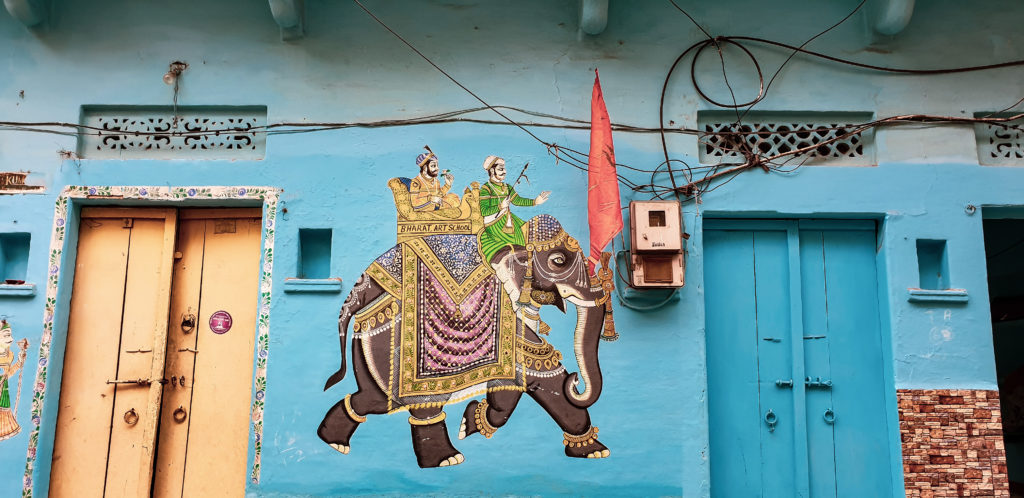
Credit- and debitcards
Most Europeans don’t use a credit card on a daily basis. Make sure to check either at the bank or via the banking app, if the location settings are on worldwide use. I travel a lot so my default setting is on worldwide. A few years ago I travelled with my dad to Russia. He forgot to change his location setting and was not able to use his debit/credit card. So make sure to check this before you go.
If you don’t have a credit card it’s time to apply for one. In Europe you get along fine without one. When travelling to other parts of the world is good to have a credit card. Foreign debit cards are not always accepted when making payments or at ATM’s. And to be honest, you really need a credit card when you travel outside of Europe.
Tip: use your credit card to get cash at the ATM. You can save a few euros per transaction instead of using your debit card. Check the website of your bank to see how much they charge per withdrawal and compare between debit- and credit card. Perhaps compare different banks in your home country to see which bank suits you best.
Visa
Check the visa requirements of the countries you are planning to visit. I always bring a few passport approved photos with me. Keep in mind that even when your visa is granted, there can be a time limitations. Your granted visa can be valid for a few months. If you arrive after that date your entry can be refused.
Example: you plan a 1 year trip. When your visa is granted you have three months to actually enter the country. If you plan to go during your sixth month, your visa is NOT valid anymore. You need to apply for a new one.
Tip: while travelling you have to check visa requirements. Governments may change the rules and regulations.
Tip: I also have copies of my bank statements with me. One of the requirements when applying for a visa can be proof of funds. They never asked me for my bank statements but better safe than sorry.
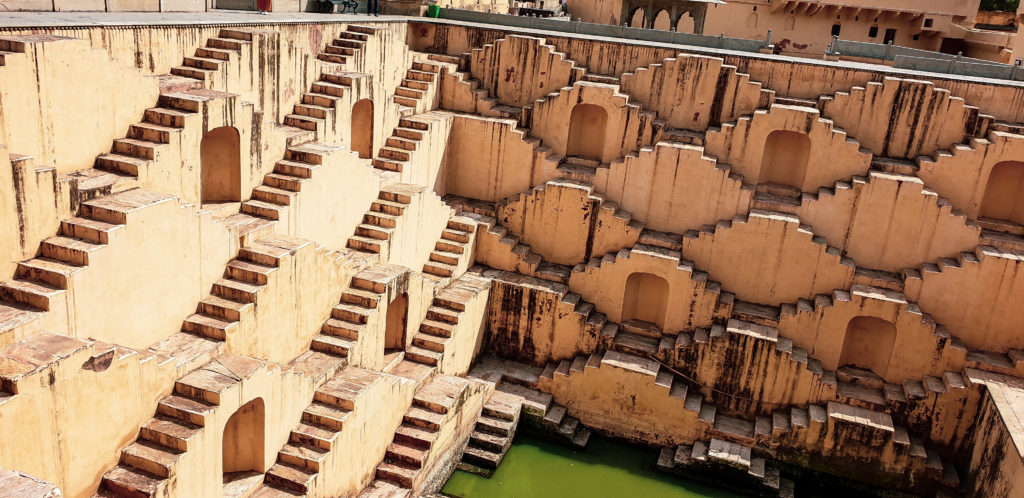
Bring your drivers license
Even when you don’t plan to drive, it can be useful to bring your drivers license. Perhaps you change your mind when you are travelling. In some countries it’s easy to rent a scooter and they don’t always ask for a drivers license. But when you get into an accident or cause damage, the police will probably ask for a license. Unless you have the guts to pay off the police officer…! I certainly don’t recommend this.
Tip: Don’t keep your drivers license in your wallet when you don’t use it. Put in an envelope or with your copies of important documents. If your passport and/or wallet get stolen, you still have your drivers license to show proof of an original ID.
Copy important documents
Make a copy of your passport, bank cards, driver’s license etc. Keep these copies separate from the originals. It makes life a little bit easier when you are able to show a copy of your passport to the police or embassy.
Tip: send your parents or other relatives a copy of your important documents. Just in case.
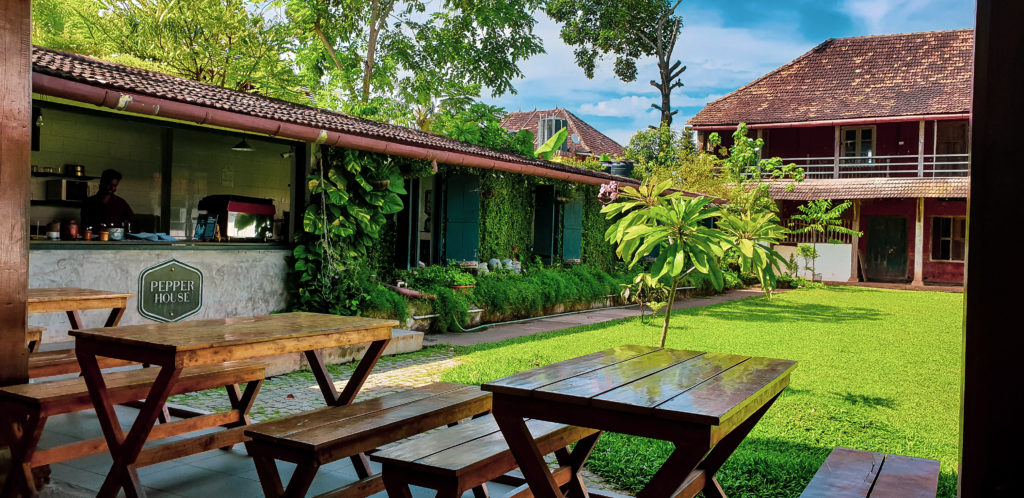
Book your flight
The best option to find cheap flight tickets is to be flexible with dates. Check prices of several weeks around your estimated departure date. Weekdays are usually cheaper rather than weekend days. Compare websites, airlines and other departure/arrival airports.
Tip: to help you get started comparing flights, I recommend Skyscanner.
Tip: first organise your passport and visa before booking any flights.
Book the first few nights
I always book the first few nights when I arrive in a new country. When I arrive at the airport I find it convenient to know where I’m staying and where to go. Less stressful this way. But this is basically all I plan ahead, the first few nights. Later on I decide where to go next.
If you prefer to plan ahead you can write down a specific itinerary. Make a list of things you would like to do and see. Do some research about the most convenient and direct route. Also check how long it will take to travel by bus, train of taxi. This way you know how long it will take to get somewhere. Try to be flexible with your itinerary.
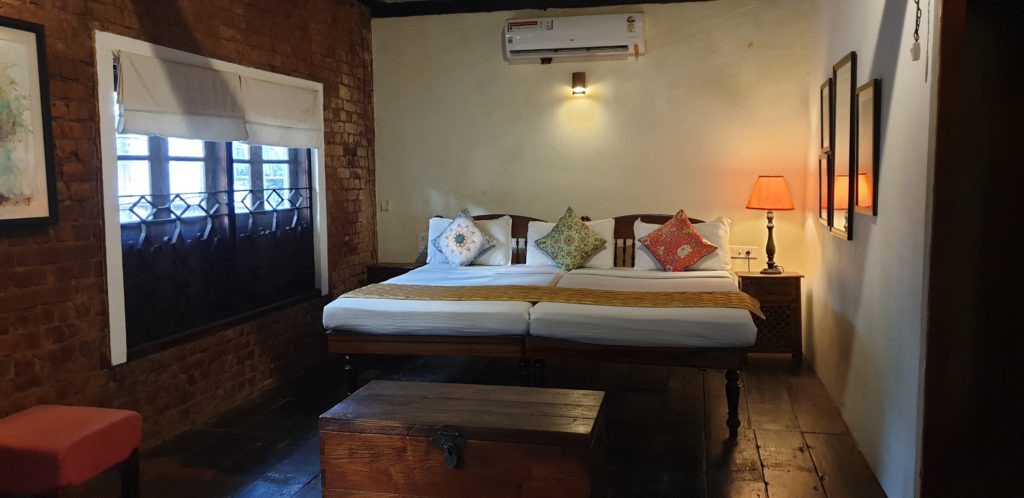
Buy a local SIM card
Don’t forget to get a local sim card. In a lot of countries you can get a free sim card at the airport. In most Asian countries the rates for using mobile data are cheaper compared to European countries.
Bring some cash
I always bring 100 US dollars or 100 euros in cash with me. Just in case ATM’s are not working, my bank cards are refused or in emergencies. It is never a bad idea to have some back up.
There are two best ways to get foreign currency. You can either order a small amount of foreign currency at your bank. Or pay the taxi, bus or train with your card (if possible) and go to an ATM in the city when you arrive.
Tip: Don’t exchange money or use the ATM at the airports, these exchange rates are horrible.
Tip: when withdrawing money at the ATM always use the option WITHOUT conversion. Without conversion means that your local bank will exchange the money. The best and cheapest option. With conversion the bank that operates the ATM does the conversion with much higher rates. Save that money for a cocktail at the beach.

Start packing
As a seasoned traveller I usually pack the day before and within a hour I’m done. In the early days I really overpacked a few times. You now the expression: a donkey does not bump against the same stone twice? This donkey does (and I mean myself). I sometimes still pack to much stuff in my backpack and end up leaving things behind.
When this is your first trip I recommend you to start a week before. Make a list of things you still need to buy and do a pre-pack. Try to fit everything you like to bring in your backpack or suitcase. And see if you can still lift it. After this try out you probably realise it doesn’t fit or it’s just too heavy. It’s all about making choices. Try to keep in mind the weather, the activities you plan to do and which clothes are most comfortable.
Time to go
Have fun planning your long term journey. I’m sure you are going to have a wonderful time filled with new experiences, meeting new people, learning more about different cultures and trying out the local cuisine.
In The World’s Jungle – Travel Blog
I have written articles about sustainable travel, such as tips to fly more sustainable or how to make your trip more sustainable. These tips are helpful to be more concious and to travel a bit more greener.
Try reading the beginners guides to Hinduism and Buddhism to learn more about the Asian cultures and religions.
In The World’s Jungle – Personal Travel Guide
Interested to know more about In The World’s Jungle and the articles you can find here? Read more about it on the About page or get to know Adriana. I can help you planning your trip, find unique places to stay, set-up an itinerary and make other necessary arrangements. Feel free to contact me and let me know how I can help you. Check the Service page to learn more.
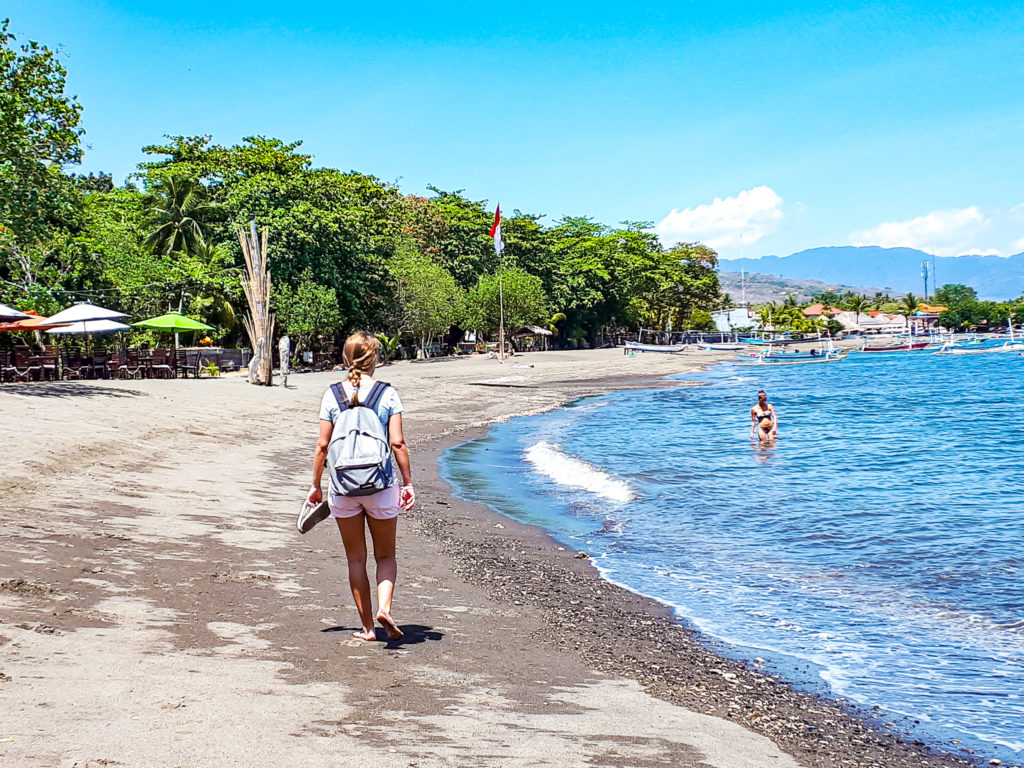
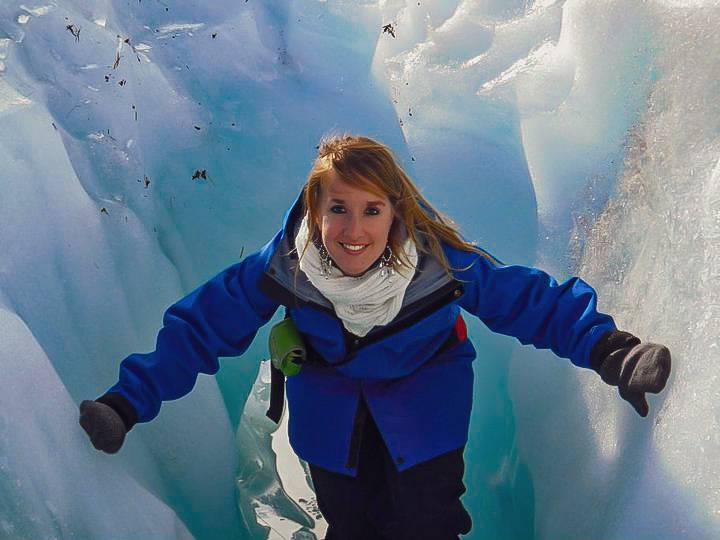



This Post Has 2 Comments
This is a wonderful article and many tips. Thanks. Going to use this when I plan a holiday next time.
Good to know the article was helpful and informative for you. Thanks.